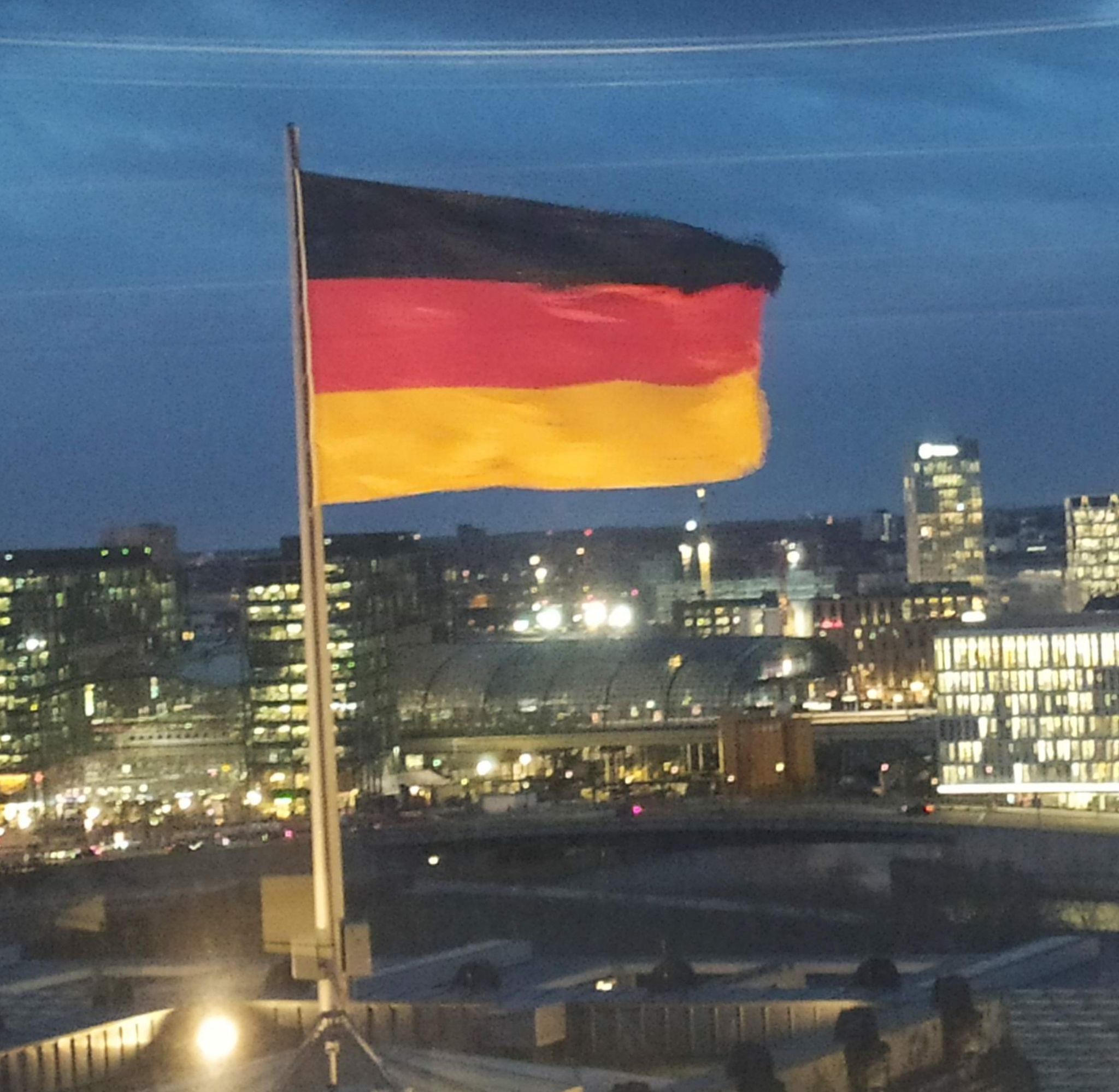

I don’t think anyone was expecting a Ryzen 3rd Gen era board when you wrote decade old. It’s been 7 years since that board released (although I do admit that’s a lot closer to a decade then I though it would be).
This board will run any modern GPU. The motherboard doesn’t need to specifically be compatible with certain GDDR generations or what not, that is handled by the GPU itself, which communicates with the rest of the PC through PCIe*. You just need to make sure the PSU can deliver enough power.
You should update to the latest BIOS and enable resizable Bar: https://www.intel.com/content/www/us/en/support/articles/000090831/graphics.html
*The ARC GPUs are 8° lanes of PCIe 4, your motherboard only has PCIe 3. This means that the bandwidth between the CPU and GPU is half of its maximum. In the vast majority of cases this will be a negligible performance difference of 1-2%, but some edge cases can lose you a bit more performance.
°If the GPU was 16 lanes this would be even less of a problem. Even the fastest GPUs can barely saturate 16 PCIe lanes. The fastest GPU, the Nvidia 5090, only loses 1-4% of performance when comparing PCIe 5x16 vs 3x16 (1/4 its max bandwidth): https://gamersnexus.net/gpus/nvidia-rtx-5090-pcie-50-vs-40-vs-30-x16-scaling-benchmarks

It’s because it uses HBM (high bandwidth memory) as opposed to GDDR.
A short video explaining the differences https://youtu.be/CGIVKT0eM_s